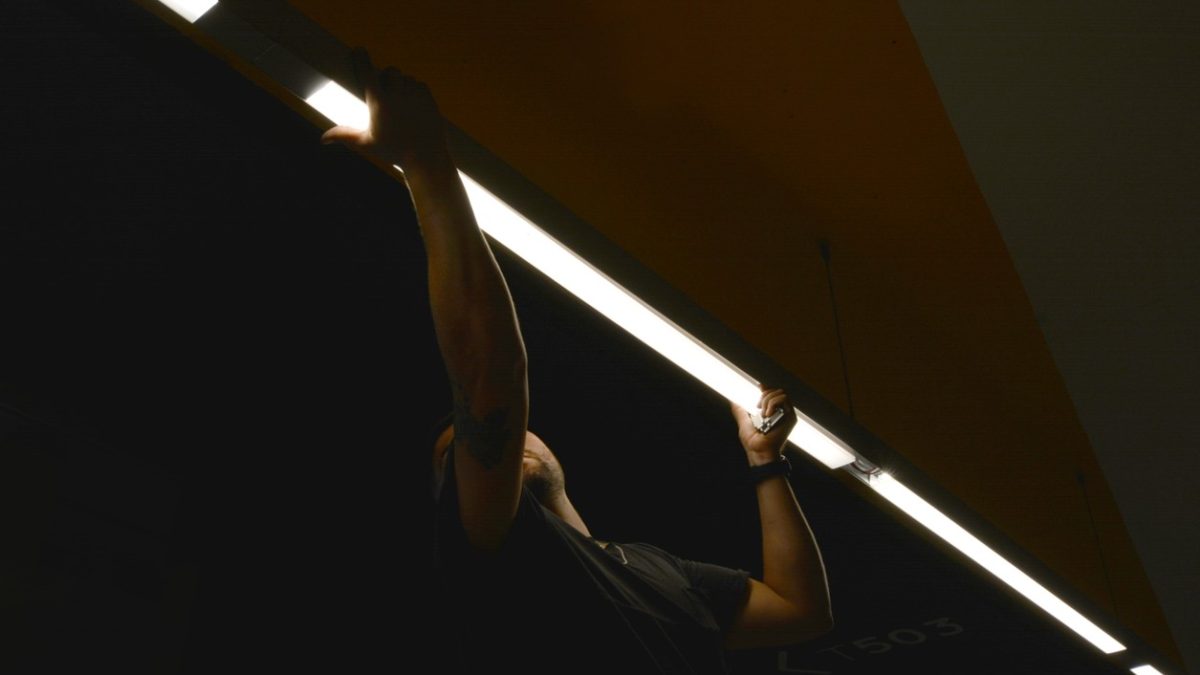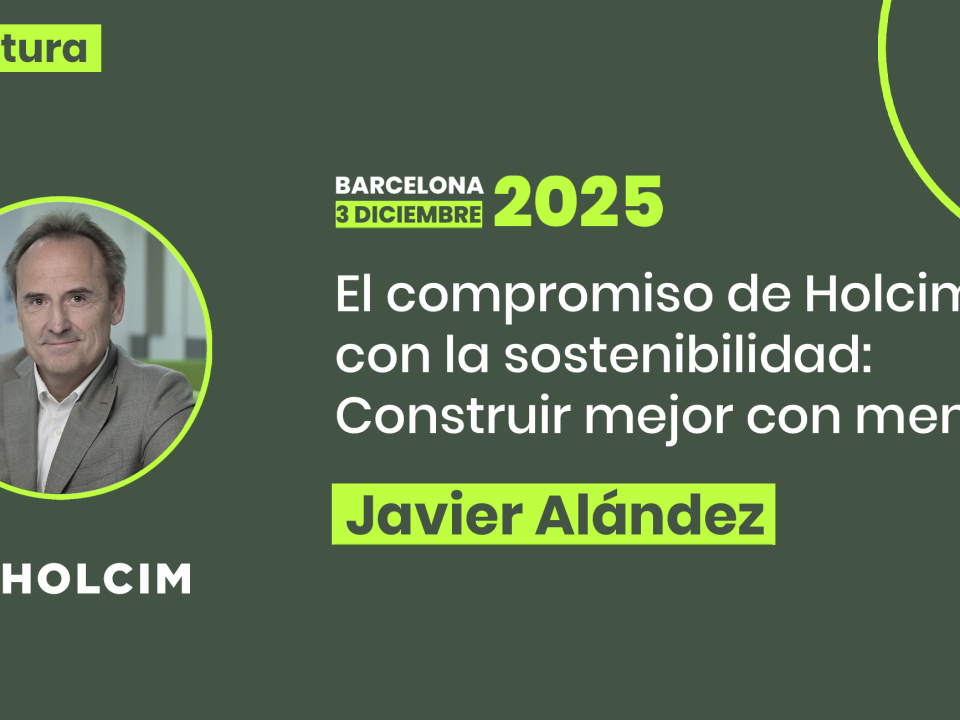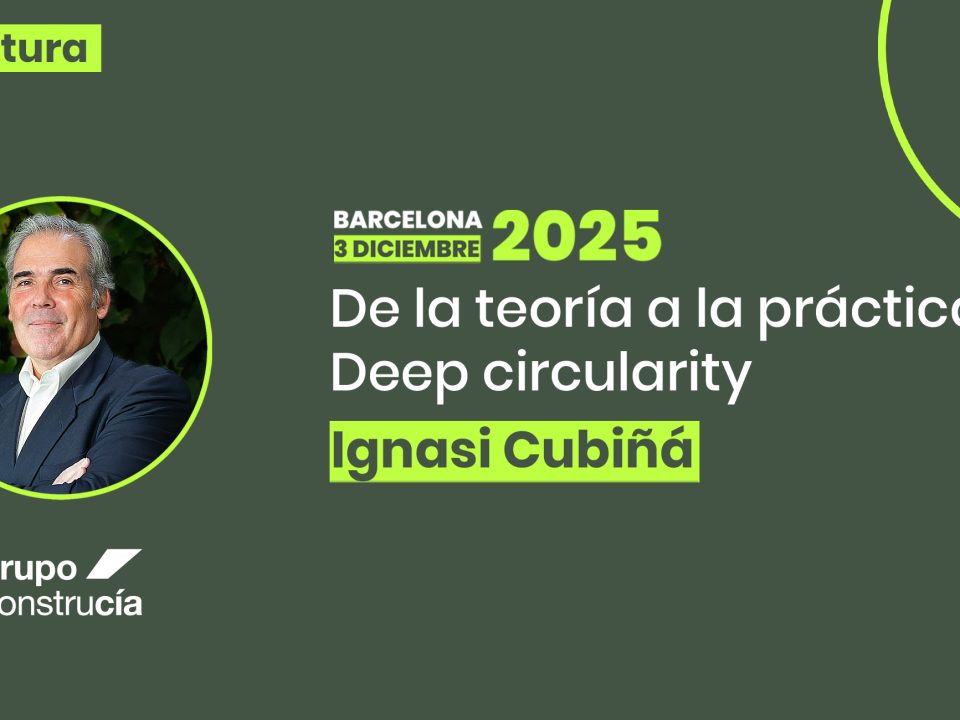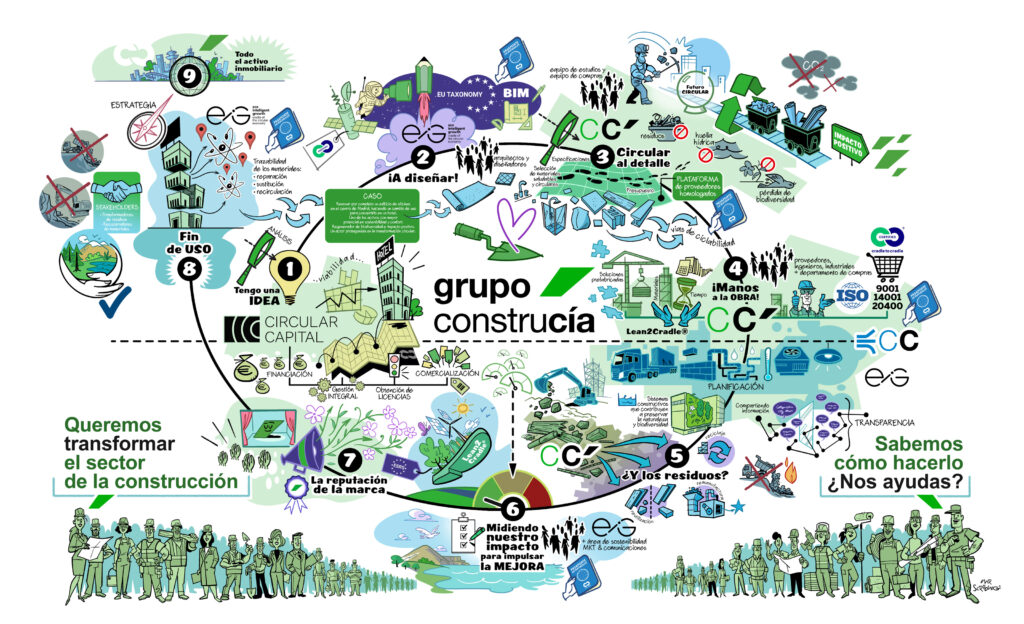
Building Better with Less
17 de November de 2025By Jordi Arasanz, Technical Director at Lamp
The transition toward circular models in the construction sector challenges us to rethink every layer of the built environment: materials, processes, maintenance—and lighting is no exception. Light not only shapes how we inhabit spaces; it also shapes how those spaces evolve over time. In this context, the circular economy invites us to shift from replacement to intelligent maintenance, from obsolescence to continuous upgrading.
For decades, technological leaps in lighting—from incandescent to LED, from analogue to digital—have boosted efficiency but also generated large amounts of waste due to the premature replacement of equipment that still had useful life ahead. Today, with the dual challenge of decarbonisation and resource scarcity, we urgently need a circular mindset that prioritises upgrading over discarding.
A new opportunity for the sector
Lighting sits at a unique intersection between industry and construction: it blends materiality, technology and wellbeing. Every luminaire is a small architectural object that can be refurbished, adapted or digitised instead of being thrown away.
This shift opens a new field of collaboration between manufacturers, architects and engineers: designing and maintaining lighting systems prepared to be upgraded, not disposed of.
At Lamp, we’ve spent years exploring how to decouple lighting innovation from waste generation. That work has materialised in projects that integrate eco-design, circularity and efficiency throughout the entire product lifecycle. One example is CircuLight, a service developed together with our partners at Lúcid Barcelona. It enables existing luminaires to be upgraded with tailored technological modules, extending their lifespan and reducing environmental impact.
This collaboration was recently recognised with a Special Mention at the Catalonia Ecodesign Awards 2025, granted by the Government of Catalonia and the Catalan Waste Agency. The award acknowledges our commitment to eco-design, innovation and circularity, and reinforces the importance of designing products as open, evolving systems.
Moving toward circular lighting
At Lamp, we see circularity as a holistic strategy that encompasses both the management of what already exists and the way we design every new product. From this perspective, two lines of action are driving our progress toward a more sustainable model: CircuLight and eco-design in product development.
-
CircuLight: a service created to extend the life of installed luminaires and avoid full replacements.
In projects such as INACAP (Chile) and Mercat dels Encants (Barcelona), the approach has proven its value—achieving over 50% annual energy savings, recovering kilometres of aluminium profiles, and reducing more than 300 tonnes of CO₂-eq. -
Eco-design as a principle of innovation: in parallel, all new Lamp developments integrate circular design criteria, ensuring luminaires can be updated and adapted throughout their lifecycle.
Both initiatives share a common purpose: to transform the way we conceive architectural lighting and demonstrate that sustainability and innovation are not at odds—sustainability is what makes long-term innovation possible.
Innovation can—and must—be compatible with sustainability
Now the challenge is to widen our perspective. If we can upgrade luminaires instead of replacing them, how many other building elements could follow the same logic?
Circularity doesn’t just extend the life of materials; it strengthens relationships across the sector, encourages transparency, and forces us to design with the future in mind.
As an industry, our responsibility is to move from making more to making better, and to design for maintenance—not disposal.
Light can guide that path: a visible reminder that it’s possible to upgrade without destroying, and to illuminate without wasting.









